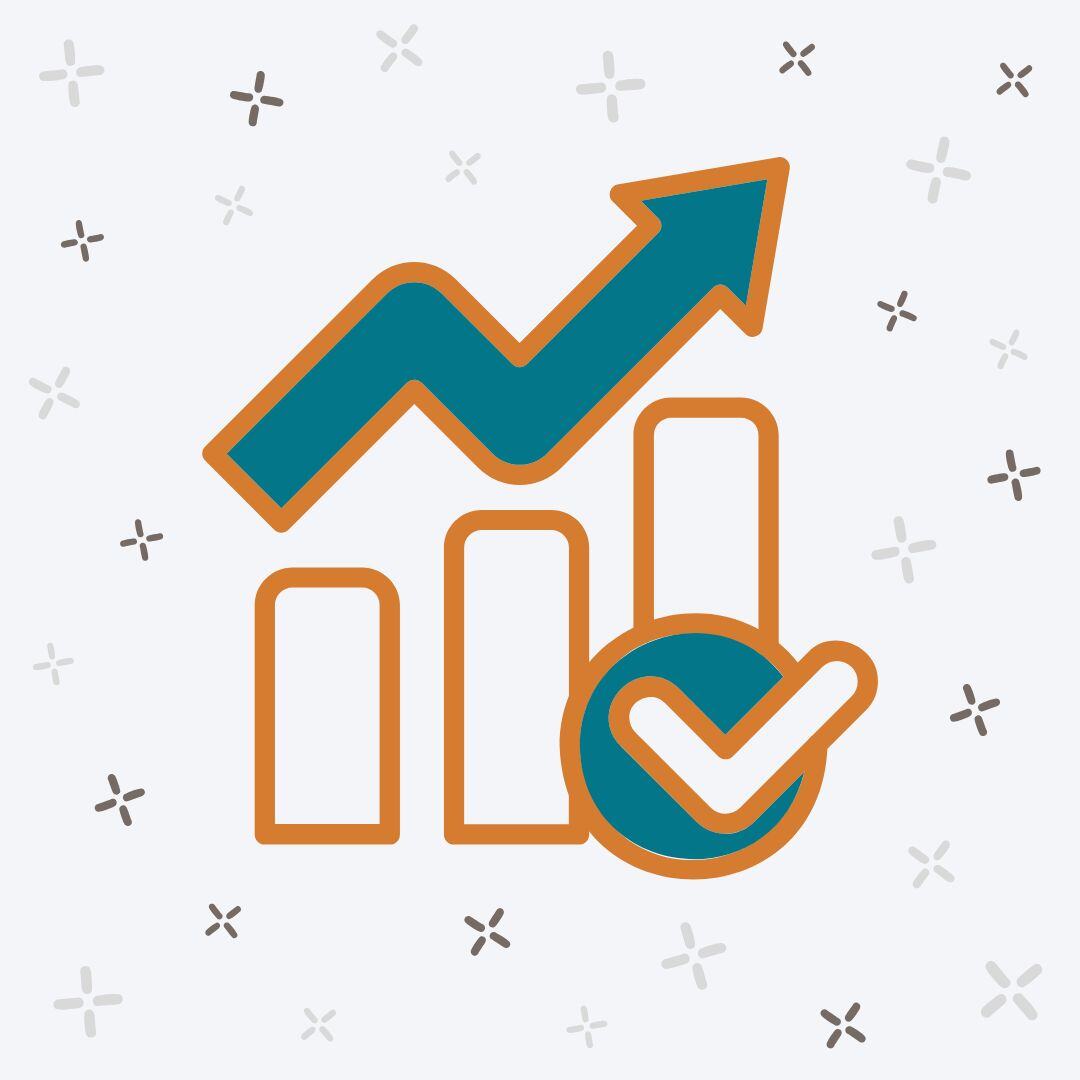- November 20, 2024
As with most things in life, financial resources are finite. How you approach your finite resources can either set you up for success and fulfillment or leave you feeling strained.
Creating a spending plan each month ensures those finite resources are apportioned properly so you don’t end up borrowing against your future spending by taking on debt.
Even if your income is such that it reduces your need to track expenses, seeing where your money goes can be a meaningful exercise to help understand your values and goals. Aligning spending with your values and goals can prevent feelings of guilt around certain expenses and provide choices to spend your hard-earned money on things that matter most to you.
Below you will find a framework on how to identify your values and goals around money that I have personally found very helpful. You will also find a few expense tracking methods that can be used after the discovery process is complete.
Your Money or Your Life
Before moving across the country to Minnesota a few years ago, I was faced with the prospect of sorting through my “stuff.” As with financial resources, my vehicle space was finite. This process opened my eyes because it forced me to consider the most important material possessions in my life and fit them into a 5’ x 8’ cargo trailer. As I grumbled to a friend about this process, he recommended a book that changed the way I think about spending.
Reading Your Money or Your Life by Vicki Robin awakened the desire to create a spending plan and helped me understand my goals and values around money. So much so, that before I got married, I made my (now) wife read it too (a true romantic, I know).
Over the next few years, this led me to explore different types of expense tracking methods. After some trial and error, the 50/30/20 method surpassed others as a great framework for building a spending plan, regardless of the goal.
We All Need to Start Somewhere…
While each expense tracking method provides a different approach to a similar goal, the case could be made that the framework for all methods should be the 50/30/20 rule. “The Rule” states that 50% of your income should be used for your daily living needs – things like housing, food, clothing, childcare, healthcare, utilities, car payments and any other minimum debt payments.
The next 30% should be used for things that you don’t need to have, but would like to have. Concert tickets, date nights, Netflix, vacations, wine-of-the-month clubs and costumes for your dog all fall into this category.
The last 20% is spent on saving for your retirement and emergency fund. We typically recommend you build up an emergency fund of 3-6 months of necessary expenses in cash before starting to aggressively fund your retirement. However, there is an exception to this rule. If your employer offers any matching contributions for participating in a 401(k), contribute enough to get the full match, and allocate your remaining savings elsewhere.
Got Debt? Don’t Fret!
The prospect of controlling your spending and paying down debt can be overwhelming for even the most rational of the bunch, but you can do it! All you need is a tried-and-true method as old as time – A handwritten budget where every dollar is accounted for.
Once you have your handwritten budget, allocate cash to each category by filling envelopes with the predetermined amounts (say $600/month for Groceries) labeling each one by category. Popularized by personal finance expert Dave Ramsey, “The Envelope System” works very well to help you become intentional about your spending, so any remaining income can be used to help you become debt-free (minus your mortgage).
Paying cash for every purchase is at the heart of this method. This system works so well because we react differently when we physically exchange cash for goods or services.
In 2001, researchers at MIT (Prelec & Simester)1 conducted an experiment to compare the effects of spending using both cash and credit cards. Participants using credit cards were willing to pay nearly twice the price for the same item when compared to those paying cash. This is because credit cards decrease the “pain of paying” by reducing the emotional distress consumers feel when money is spent.
In a pre-COVID world, trying this method would be more easily accomplished, but if most of your spending is done using a credit or debit card, consider using apps like Good Budget or Simple Budget. They provide users with a digital version of the “Envelope System” where your spending can be easily monitored and modified each month.
Keep Your Eye on the Prize
If you have your eye on a short-term goal that requires significant savings, consider implementing the Reverse Budgeting technique. This method focuses on first allocating a set amount of income to a short-term goal and adjusting the rest of your spending accordingly.
For example – You are an enormous Jimmy Buffet fan and have decided to plan a trip to Florida to see him in concert. You research the costs and account for a little extra to determine the total cost of this goal. You then work backwards from the date and determine how much you will need to save each week or month to reach your goal. Then you start saving!
This goal is so important that you are willing to have less fun now, for the prospect of having a lot of fun later. Trade-offs are what make the world go round.
Final Thoughts
Please let me be clear – there is no shame in spending money. I have a basement full of golf improvement products (that haven’t helped my game a bit, by the way) preventing me from engaging in “spend-shaming.”
Finding a balance that makes sense for your life and your goals can take some trial and error. However, the work is well worth the effort, as a purposeful approach to managing your finances can lead to greater fulfillment and happiness in life. Your future self will thank you!
Thanks for reading and be well.
1 Prelec, D., & Simester, D. (2001). Always leave home without it: A further investigation of the credit-card effect on willingness to pay. Marketing Letters, 12(1), 5-12.

Matt Weier, CFA, CFP®
Partner
Director of Investments
Chartered Financial Analyst
Certified Financial Planner®




